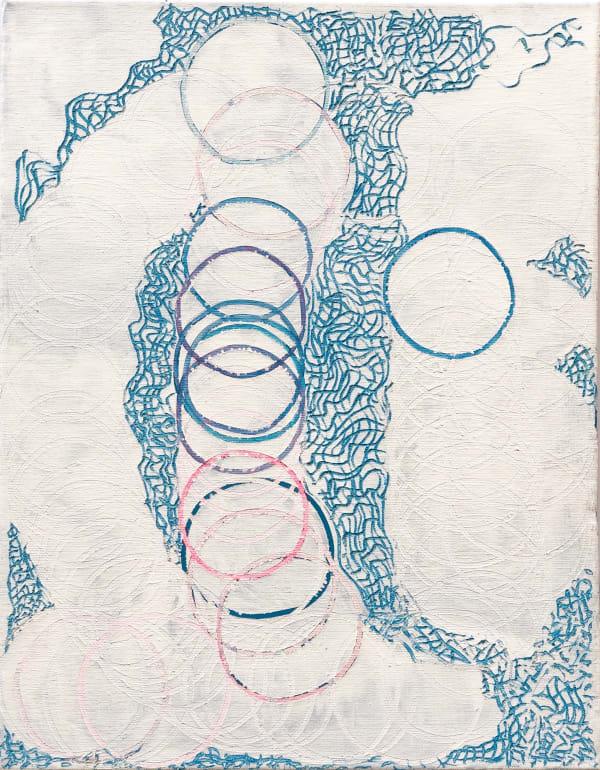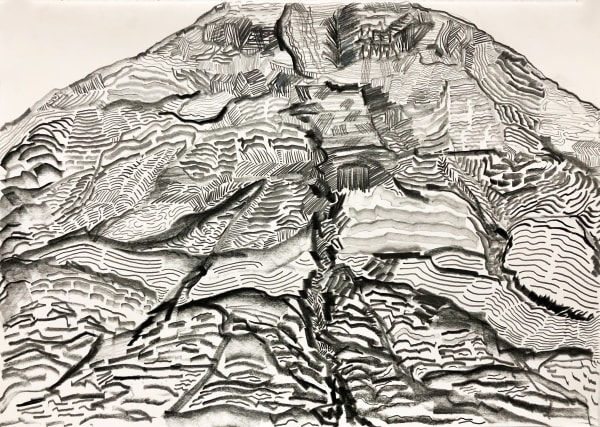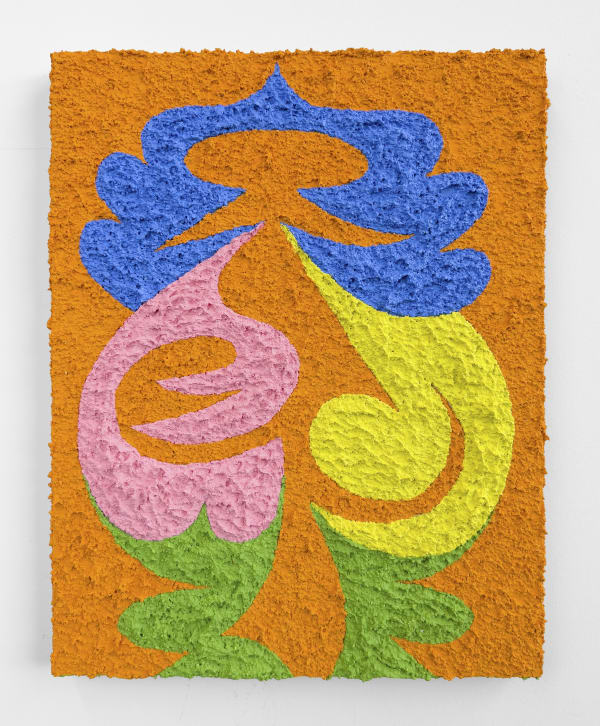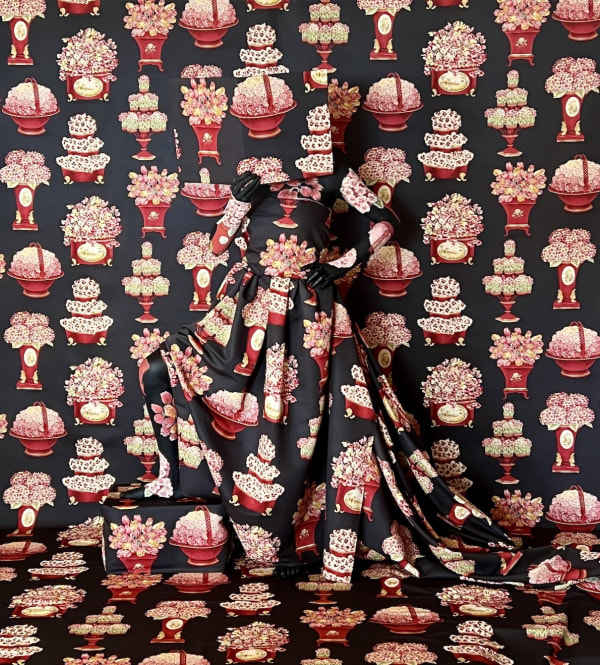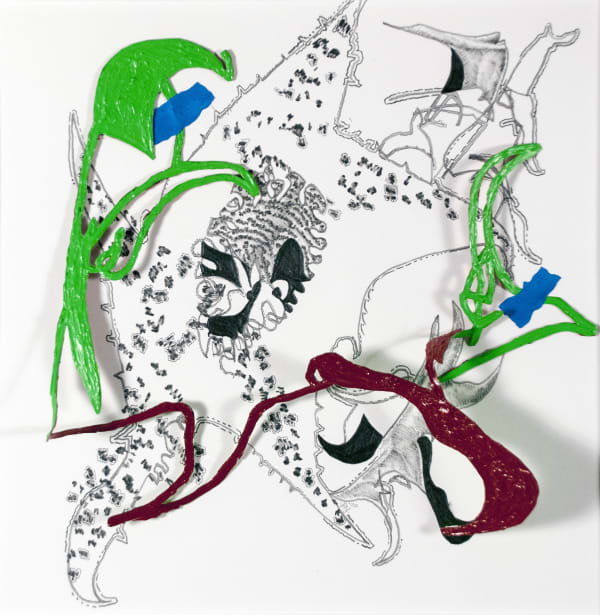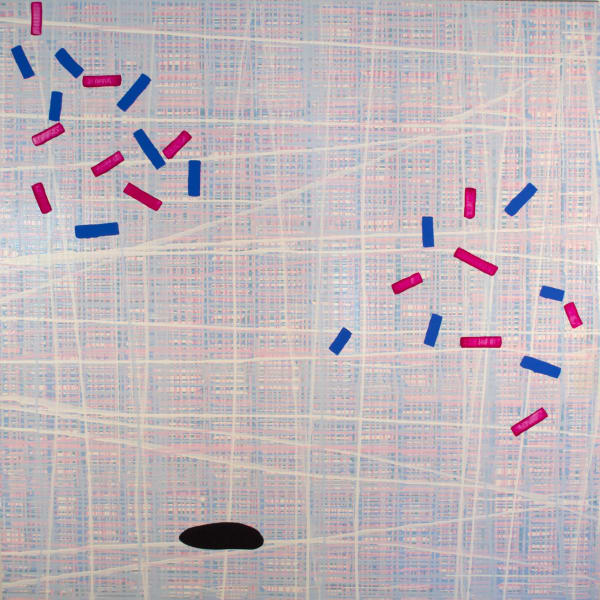-
RUIZ-HEALY ART: QUINCEAÑERA
-
Ruiz-Healy Art is pleased to announce Ruiz-Healy Art: Quinceañera, an exhibition commemorating the fifteen-year anniversary of Ruiz-Healy Art in San Antonio, Texas. The exhibitionfeatures work by artists that have been significant to the gallery’s history: Pedro Diego Alvarado-Rivera, Jesse Amado, Richard Armendariz, Cecilia Biagini, Nate Cassie, Jennifer Ling Datchuk, Pedro Friedeberg, Graciela Iturbide, Nicolás Leiva, Leigh Anne Lester, Constance Lowe, César A. Martínez, Cecilia Paredes, Chuck Ramirez, Carlos Rosales-Silva, Mark Schlesinger, and Ethel Shipton.
Founded by Dr. Patricia Ruiz-Healy in 2006, Ruiz-Healy Art specializes in contemporary works of art with an emphasis on Latinx and Latin American artists, as well as working with prominent Texas-based artists. Throughout its fifteen-year history, Ruiz-Healy Art has produced numerous exhibition catalogues, and scholarly essays, contributing to the study of Latinx, Latin American, and Texas art history. The gallery has collaborated with writers, curators, and museums across the globe and has participated in prestigious national and international art fairs. In 2019 Ruiz-Healy Art opened a second location in New York City, allowing the gallery to exhibit its gallery artists in the art capital of the world. The success of Ruiz-Healy Art could not have been achieved without our amazing roster of artists, patrons, writers, curators, employees, and countless more. We are thrilled to be celebrating our Quinceañera in our home, and the city where it all began, San Antonio.
-
 Pedro Diego Alvarado-RiveraVista del Río Loira, Francia, 1998Oil on linen34.5 x 54 in
Pedro Diego Alvarado-RiveraVista del Río Loira, Francia, 1998Oil on linen34.5 x 54 in
87.6 x 137.1 cm -
 Jesse AmadoI Am Not Your Mexican: Rhapsody in Blue, Gazing North Beyond the Broken Fence, 2021Le Corbusier acrylic, Chicharrón, felt, and Plexiglas on canvas39.8 x 39.8 in
Jesse AmadoI Am Not Your Mexican: Rhapsody in Blue, Gazing North Beyond the Broken Fence, 2021Le Corbusier acrylic, Chicharrón, felt, and Plexiglas on canvas39.8 x 39.8 in
101.1 x 101.1 cm -
 Richard "Ricky" ArmendarizSharpness of the airSnap of the branch below herSound of my heart slows, 2021Carved oil painting on Birch plywood48 x 60 in
Richard "Ricky" ArmendarizSharpness of the airSnap of the branch below herSound of my heart slows, 2021Carved oil painting on Birch plywood48 x 60 in
121.9 x 152.4 cm -
Cecilia Biagini
Inspired by traditions of Latin American abstraction, Cecilia Biagini makes paintings, mobiles, photograms and reliefs that flow seamlessly from medium to medium. Utilizing a bold sense of color, line, depth and abstraction, the varied works find commonalities in their composition and playfulness. Evoking ideas of physics, the geometric shapes in her work are arranged in a manner suggesting movement and animation. “Conjuring the ludic with pure geometry in space, my work at times refers and alludes to musical and rhythmic waves, pseudo-scientific models/diagrams and is always anchored in the purity of the medium itself.” – Cecilia Biagini
-
 Nate CassieArmchair, 2021Ash wood, milk paint, and wax21 x 25 x 33 in
Nate CassieArmchair, 2021Ash wood, milk paint, and wax21 x 25 x 33 in
53.3 x 63.5 x 83.8 cm -
-
 Jennifer Ling DatchukFlawless (Big Butterflies), 2021Porcelain, gold and white pattern transfer from Jingdezhen, China, mirror plexiglass20 x 16 x 3 in
Jennifer Ling DatchukFlawless (Big Butterflies), 2021Porcelain, gold and white pattern transfer from Jingdezhen, China, mirror plexiglass20 x 16 x 3 in
50.8 x 40.6 x 7.6 cm -
Pedro Friedeberg
Pedro Friedeberg studied architecture at the Universidad Iberoamericana, México City, where he was profoundly influenced by Mathias Goeritz (1915-1990) and his Bauhaus ways of teaching. Goeritz became a mentor, lifelong friend, collaborator, and champion of Friedeberg’s distinctive work. Although Friedeberg’s artworks are sometimes described as Surrealist or Fantastic Realist, they are not easily definable in terms of conventional categories. His works include paintings, sculpture, printmaking, installations, and constructed montages, where the surrealist space is populated with borrowed and personal symbols. “Who knows what one does or why? I think of my work as a pastiche. There’s a little bit of everything I like in there.” – Pedro Friedeberg.
-
Graciela Iturbide
Graciela Iturbide’s work is a mixture of history, lyricism and portraiture. The subtle yet powerful photographs blend the essence of the cultures of her native Mexico with her own personal vision and love of poetry. Her photographs combine the story of a culture in transition with issues of identity, diversity, and selfhood. Iturbide has studied the indigenous society of Mexico in different states offering photos of sublime magic realism. Iturbide explores ways to articulate the “voice” of Mexico with an intricate interweaving of histories and practices. “My pictures are a sort of travel diary… As an artist you need to move on, you need to try new things… And in the end, photography for me is just an excuse to get to know the world.” – Graciela Iturbide
-
 Nicolás LeivaConstellation , 2017-2021Glazed CeramicDimensions Vary
Nicolás LeivaConstellation , 2017-2021Glazed CeramicDimensions Vary -
-
 Leigh Anne LesterBlind Expansion #1, 2021Graphite, drafting film, acrylic paint, linen tape32 x 23.5 in
Leigh Anne LesterBlind Expansion #1, 2021Graphite, drafting film, acrylic paint, linen tape32 x 23.5 in
81.2 x 59.7 cm -
Constance Lowe
Lowe’s current mixed media works combine influences of her Midwestern farming heritage, landscape photography, and the legacy of geometric abstract painting with the physical presence of materials such as felt and leather. “I’ve always been interested in geometric abstraction, and in the physical and psychological aspects of materials. I’ve always looked for the reductive qualities in my work. These works are loosely based on the abstraction of farmland as seen from the air. It’s also based on the belief that abstraction can be meaningful on a variety of levels, sometimes in ways, we don’t always assume.” – Constance Lowe.
-
 César A. MartínezBato Con Sunglasses, 2021Acrylic on muslin54 x 36 in
César A. MartínezBato Con Sunglasses, 2021Acrylic on muslin54 x 36 in
137.2 x 91.4 cm -
 Cecilia ParedesHermitage I, 2017Photo performance inkjet print52 x 34 in
Cecilia ParedesHermitage I, 2017Photo performance inkjet print52 x 34 in
132.1 x 86.4 cmEdition of 7 plus 3 artist's proofs -
Chuck Ramirez
Ramirez was a major force in the San Antonio art community before his untimely death in a 2010 cycling accident. A 2002 Artpace artist in residence, Ramirez’ work has been exhibited nationally and internationally. As an artist and graphic designer, Ramirez processed and deconstructed the media world in which he lived. Using typography and digital imaging technology, Ramirez isolates and recontextualizes familiar objects and texts to explore the human condition. Always personally relevant, Ramirez explored cultural identity, mortality, and consumerism through his photographs and installations; his work subverted stereotypes of those who cross cultural boundaries. Ramirez resurrects waste—photographing filled garbage bags, dying flowers, and battered, empty piñatas—reflecting on the fleeting nature of human existence while imposing the will to survive.
-
Carlos Rosales-Silva
Rosales-Silva’s works are grounded in a practice of painting but often borrow from sculptural and installation practices, existing in the spaces between classification. For the last decade, his studio has been for research and mediation on the ever-expanding histories of Brown people in the United States. The artist’s works consider the histories of vernacular cultures of the American Southwest, the western canon of art history, and the political and cultural connections and disparities between them. The works themselves are abstract acts of personal discovery that reveal meaning long after they are completed. In this sense they are non-textual communications, a meditative and slow way of processing knowledge.
-
-
 Mark SchlesingerSome Way Out , 2021Acrylic, canvas, wood36 x 34 in
Mark SchlesingerSome Way Out , 2021Acrylic, canvas, wood36 x 34 in
91.4 x 86.4 cm -
 Ethel ShiptonWhen the Border Crossed Us, 2021Wood panel and porch paint24 x 72 in
Ethel ShiptonWhen the Border Crossed Us, 2021Wood panel and porch paint24 x 72 in
61 x 182.9 cm -
Featured Artists
Ruiz-Healy Art: Quinceañera: San Antonio
Past viewing_room





